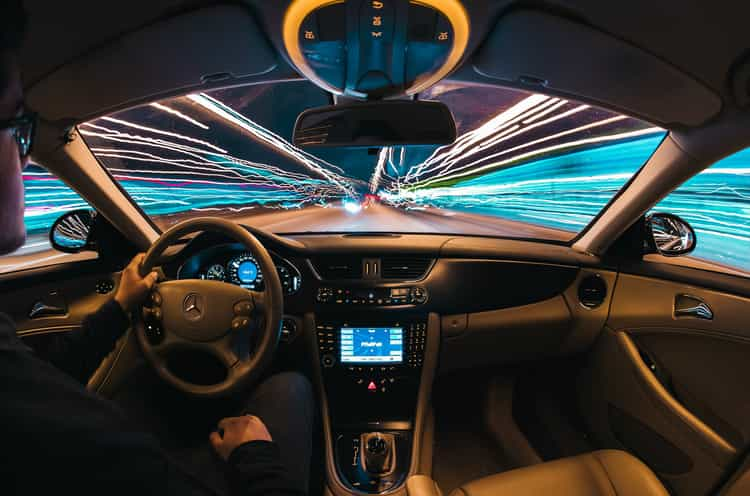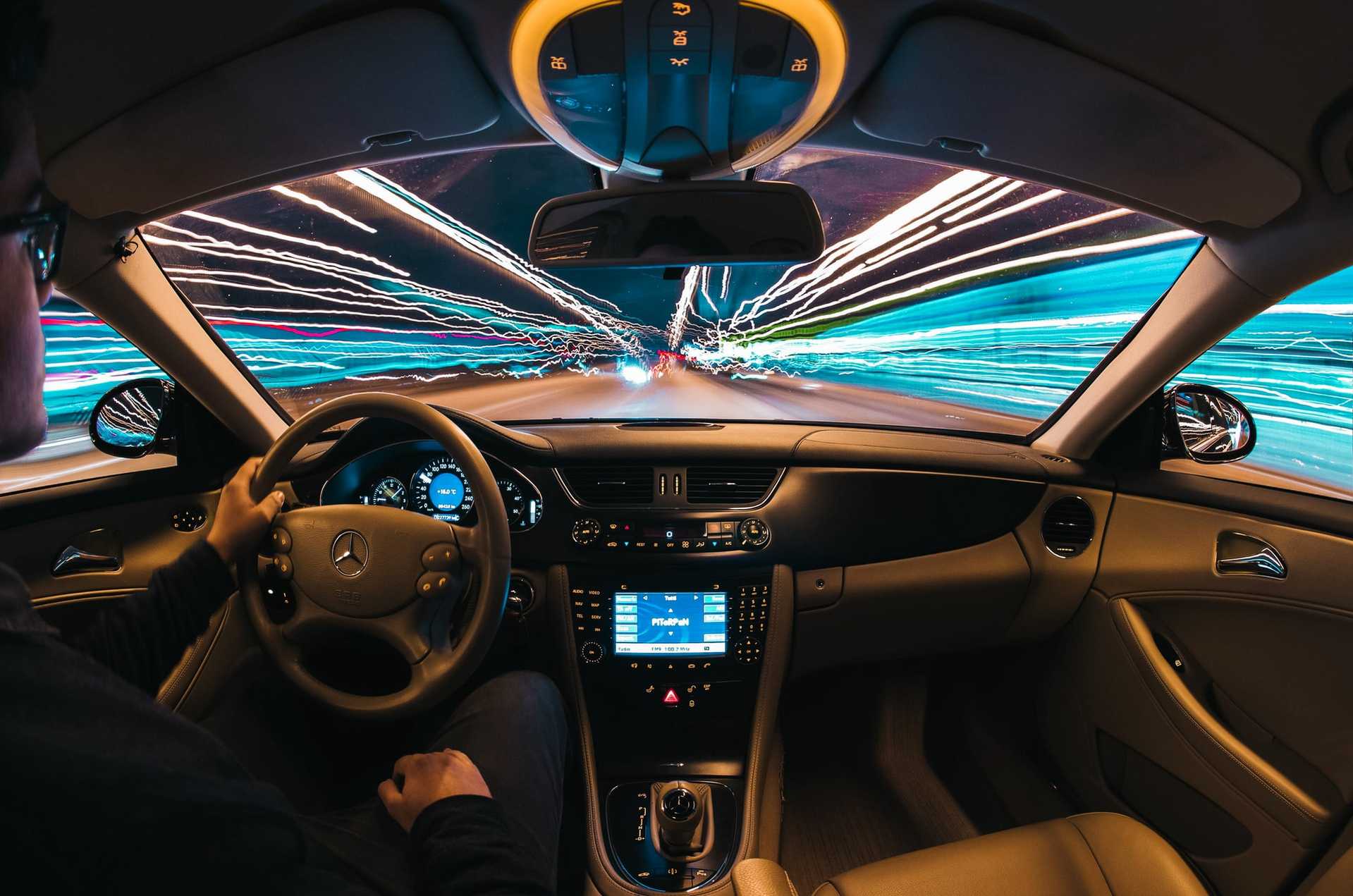
Technology is increasingly being added to vehicles to help improve driving style, fuel efficiency, and driver safety. Cars are slowly becoming more like aeroplanes with autopilot features. One of the latest improvements is a technology from Volvo called I-See.
I-See is linked to the transmission's tilt sensor and obtains information about the road topography digitally. I-See can recall about 4,000 gradients, corresponding to a distance of 5,000 kilometres. I-See carries out six different operations to utilise the kinetic energy to the very maximum. For instance, I-See accelerates up hills, remains in high gear for as long as possible and freewheels on descents to exploit the truck's weight as a propulsion motor.
While Volvo I-See will be on the market in 2013 - further down the line, cars that drive themselves are actively being tested in Nevada, USA. Both Continental Automotive Group and Google are leading the way here. They are chasing the same goals: reduce accidents, congestion, and fuel consumption.
Continental removed brake and steering controls in a Volkswagen Passat and replaced them with sensors and advanced technology to read the surroundings and drive accordingly, creating a car that pretty much drives itself in two of the most stressful and least satisfying driving conditions: stop-and-go traffic and boring stretches of highway.
This is the future of vehicle technology, and it is happening faster than consumers realise. Vehicle tracking technology provides multiple advantages to companies whose businesses depend on driving. Improving fuel efficiency usually motivates a company into investigating technological solutions; eventually realising that vehicle tracking not only helps cut fuel costs but also improves safety and overall efficiency.
If you have any input we would be delighted to hear from you. Please contact us and let us know your thoughts.
Photo by Samuele Errico Piccarini on Unsplash




